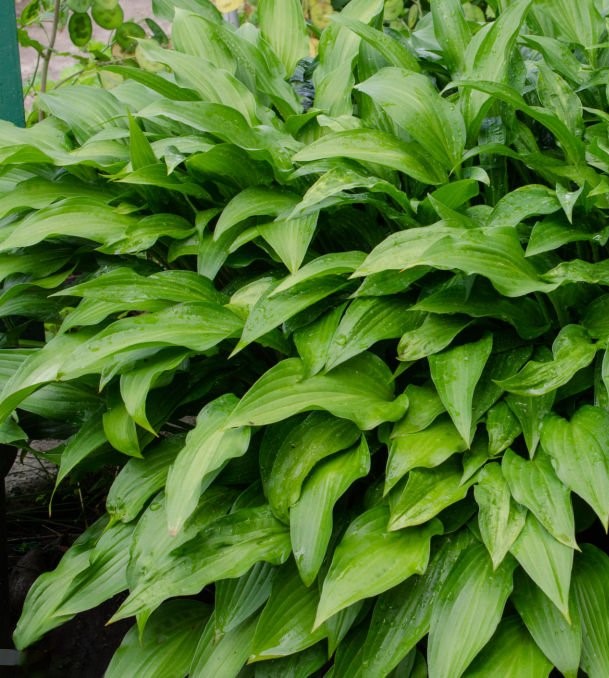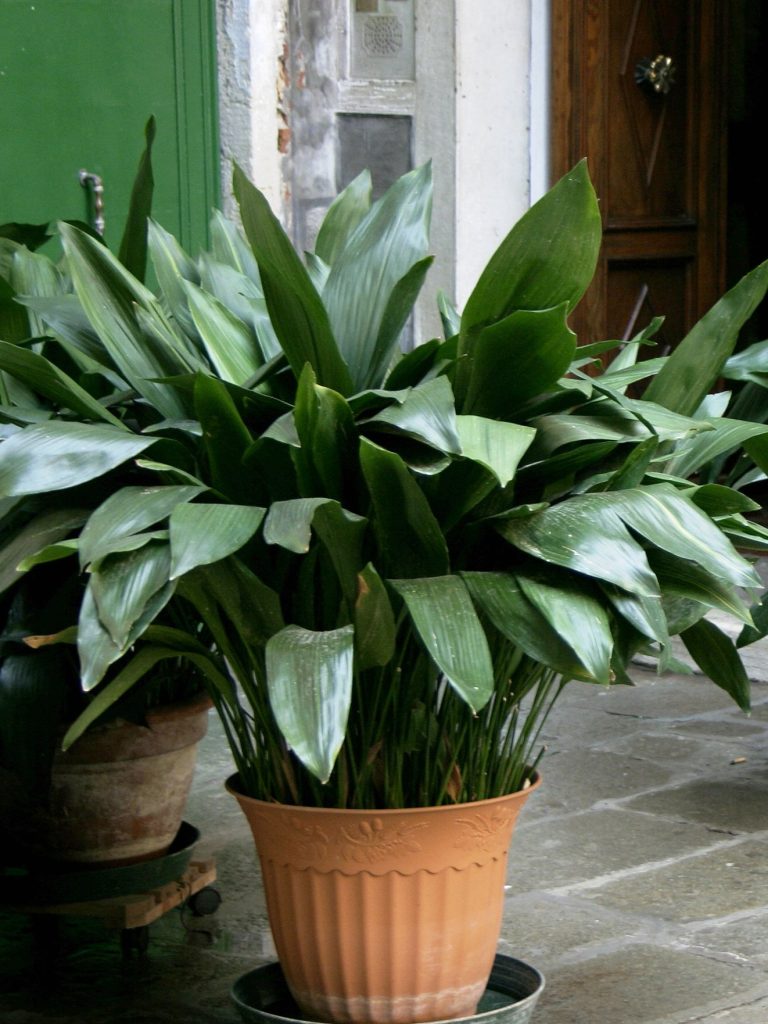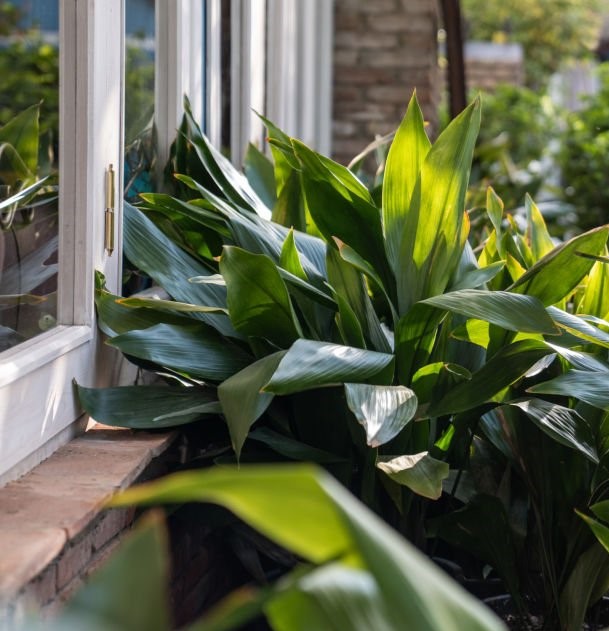The Cast-Iron Plant (Aspidistra elatior) earns its name from its incredible hardiness and ability to thrive in conditions that would challenge most other houseplants. Known for its lush, green foliage and low-maintenance nature, the Cast-Iron Plant is an excellent choice for both novice and seasoned plant enthusiasts. This guide will provide you with all the information you need to grow and care for this resilient plant successfully.
Understanding the Cast-Iron Plant

Native to the forest floors of East Asia, the Cast-Iron Plant is an evergreen perennial that can adapt to a variety of indoor and outdoor environments. Its sturdy, lance-shaped leaves can grow up to 24 inches long, creating a lush, tropical appearance.
Key Characteristics
- Scientific Name: Aspidistra elatior
- Common Names: Cast-Iron Plant, Bar Room Plant
- Origin: East Asia
- Appearance: Dark green, glossy leaves that are broad and arching. The plant can occasionally produce small, inconspicuous purple flowers at soil level.
Ideal Growing Conditions
The Cast-Iron Plant is renowned for its ability to withstand neglect, but providing the right conditions will help it thrive even more.
Light
- Low to Moderate Light: The Cast-Iron Plant prefers low to moderate light conditions, making it perfect for shady spots indoors. It can tolerate bright, indirect light but should be protected from direct sunlight, which can scorch its leaves.
- Shade Tolerance: This plant is one of the few that can thrive in deep shade, making it ideal for dimly lit rooms or corners.
Temperature
- Moderate Temperatures: The ideal temperature range for the Cast-Iron Plant is between 60-75°F (15-24°C). It can tolerate occasional temperature fluctuations but should be kept away from cold drafts and extreme heat.
Humidity
- Average Humidity: The Cast-Iron Plant is not particularly fussy about humidity levels, making it suitable for most indoor environments. However, it will appreciate occasional misting in very dry conditions.
Watering and Soil
Proper watering and soil selection are crucial for the health of your Cast-Iron Plant.
Watering
- Moderate Watering: Allow the top inch of soil to dry out between waterings. Overwatering can lead to root rot, so ensure the pot has good drainage.
- Drought Tolerant: The Cast-Iron Plant can tolerate occasional neglect, making it perfect for those who may forget to water their plants regularly.
Soil
- Well-Draining Soil: Use a well-draining potting mix, such as a blend designed for houseplants. Adding perlite or sand can improve drainage.
Feeding and Fertilizing
Regular feeding ensures that your Cast-Iron Plant receives the nutrients it needs to grow and thrive.
- Balanced Fertilizer: Feed your Cast-Iron Plant with a balanced, water-soluble fertilizer every 4-6 weeks during the growing season (spring and summer). Reduce feeding during the dormant period (fall and winter).
Pruning and Maintenance
Maintaining your Cast-Iron Plant involves regular pruning and care.
Pruning
- Remove Dead Leaves: Trim away any yellow or brown leaves to maintain the plant’s appearance and prevent disease.
- Minimal Pruning Needed: The Cast-Iron Plant grows slowly and does not require frequent pruning.
Propagation
The Cast-Iron Plant can be easily propagated through division.
- Remove from Pot: Gently remove the plant from its pot and shake off excess soil.
- Divide the Rhizomes: Carefully separate the rhizomes (underground stems), ensuring each division has roots and leaves.
- Repot: Plant each division in a separate pot with fresh potting mix. Water thoroughly and place in a low to moderate light location.
Common Problems and Solutions
The Cast-Iron Plant is relatively pest and disease-resistant, but a few issues can arise.
- Yellowing Leaves: This can be a sign of overwatering or poor drainage. Adjust your watering schedule and ensure the pot has adequate drainage.
- Brown Leaf Tips: Often caused by low humidity or exposure to direct sunlight. Increase humidity and move the plant to a shadier spot.
- Pests: Occasionally, the Cast-Iron Plant can be affected by spider mites or scale insects. Treat infestations with insecticidal soap or neem oil.
Benefits of Growing Cast-Iron Plants
Beyond their resilience, Cast-Iron Plants offer several benefits:

- Low Maintenance: Perfect for busy individuals or those new to plant care.
- Air Purification: Like many houseplants, Cast-Iron Plants help improve indoor air quality by removing toxins.
- Versatility: Their ability to thrive in low light and tolerate neglect makes them suitable for a wide range of environments.
Conclusion

The Cast-Iron Plant is a testament to the beauty of simplicity and resilience. With its lush, green foliage and low-maintenance nature, it is a perfect addition to any home or office. By providing the right growing conditions and minimal care, you can enjoy the enduring charm of the Cast-Iron Plant for years to come.



